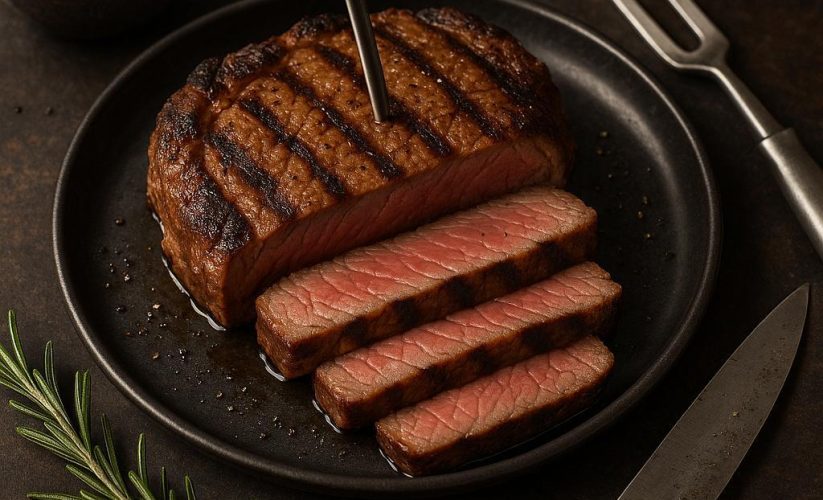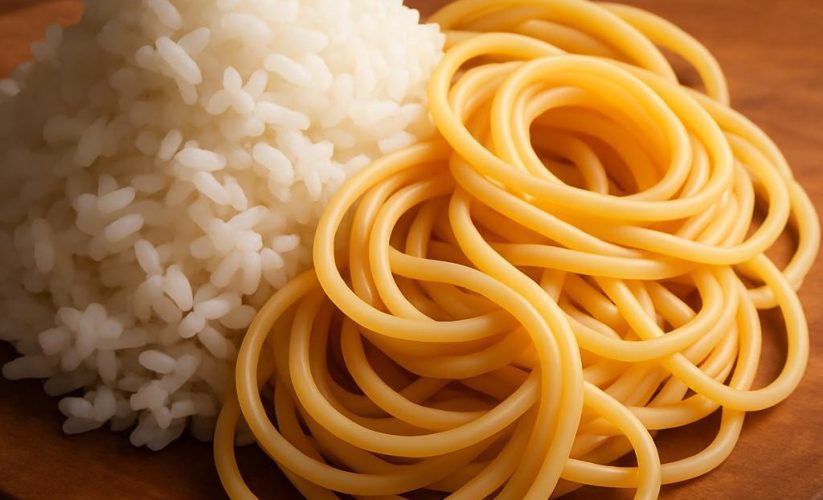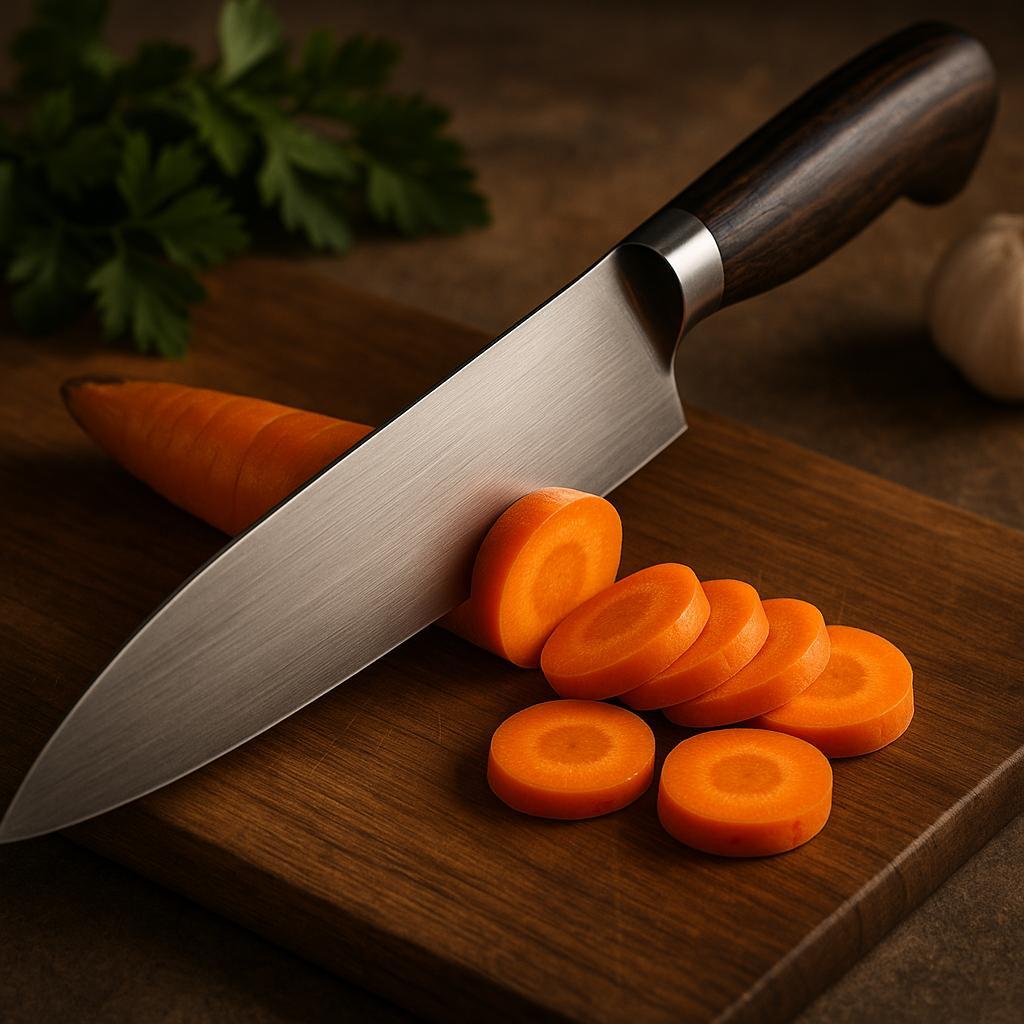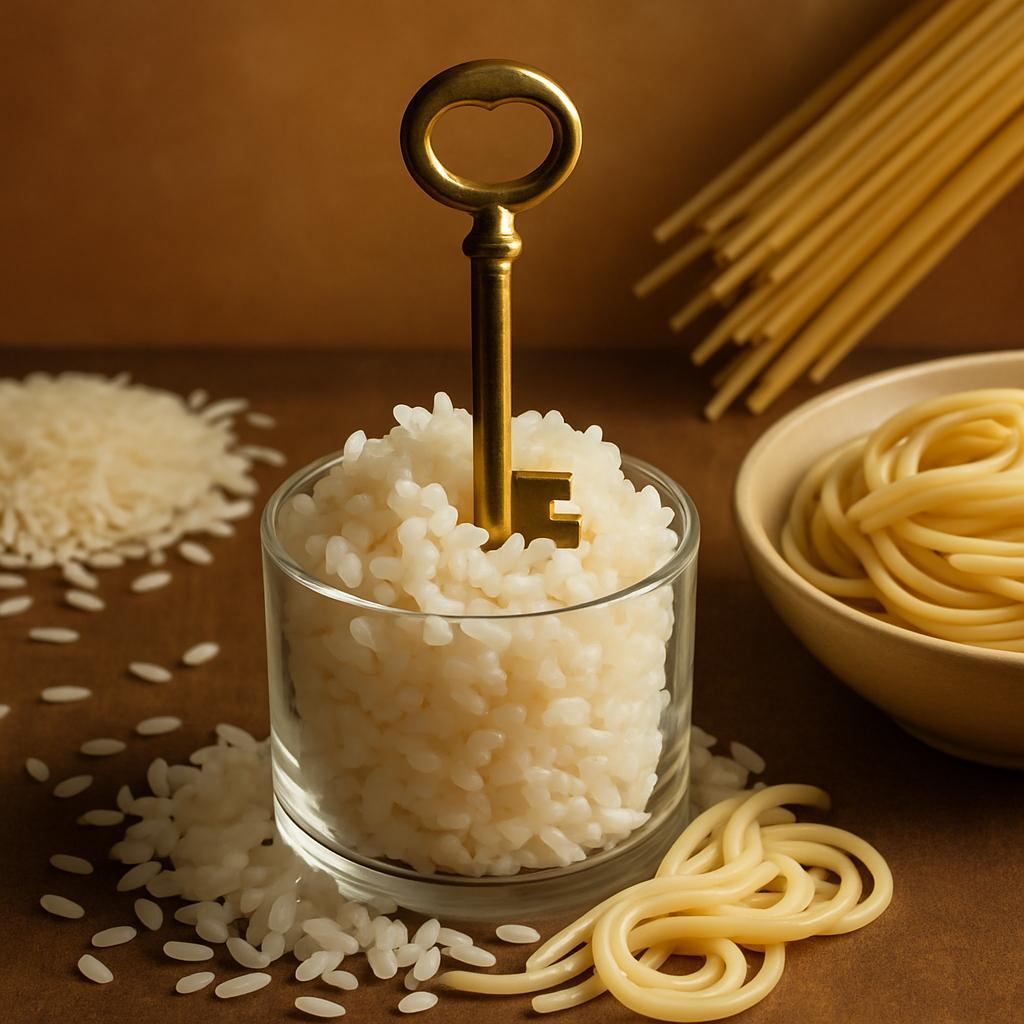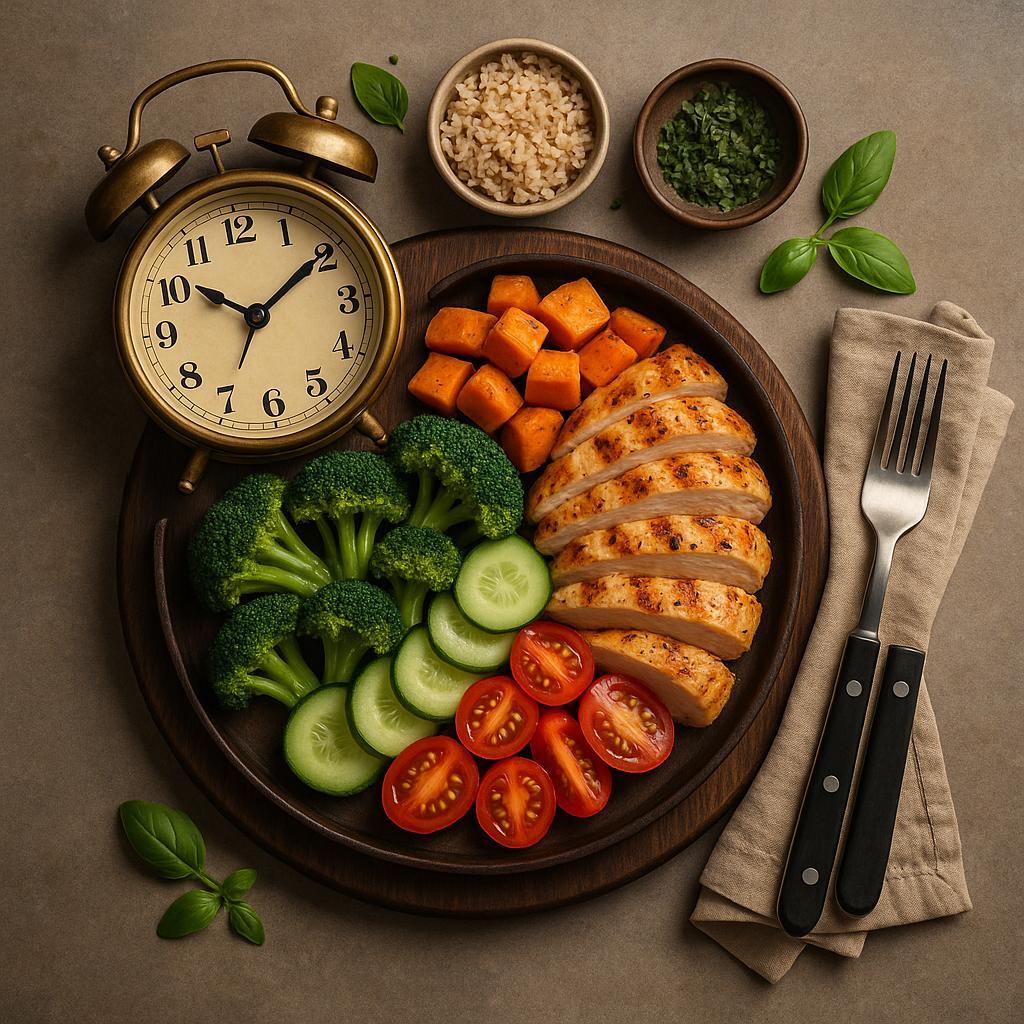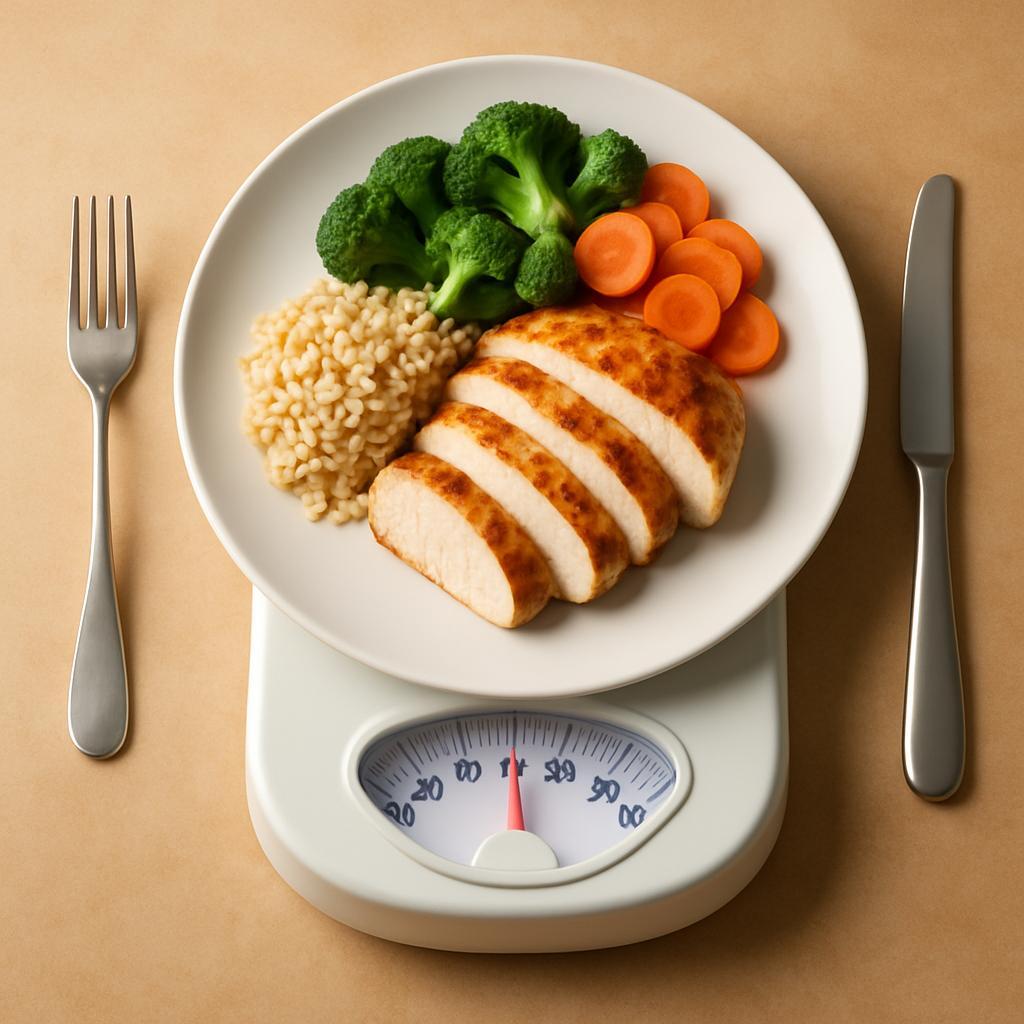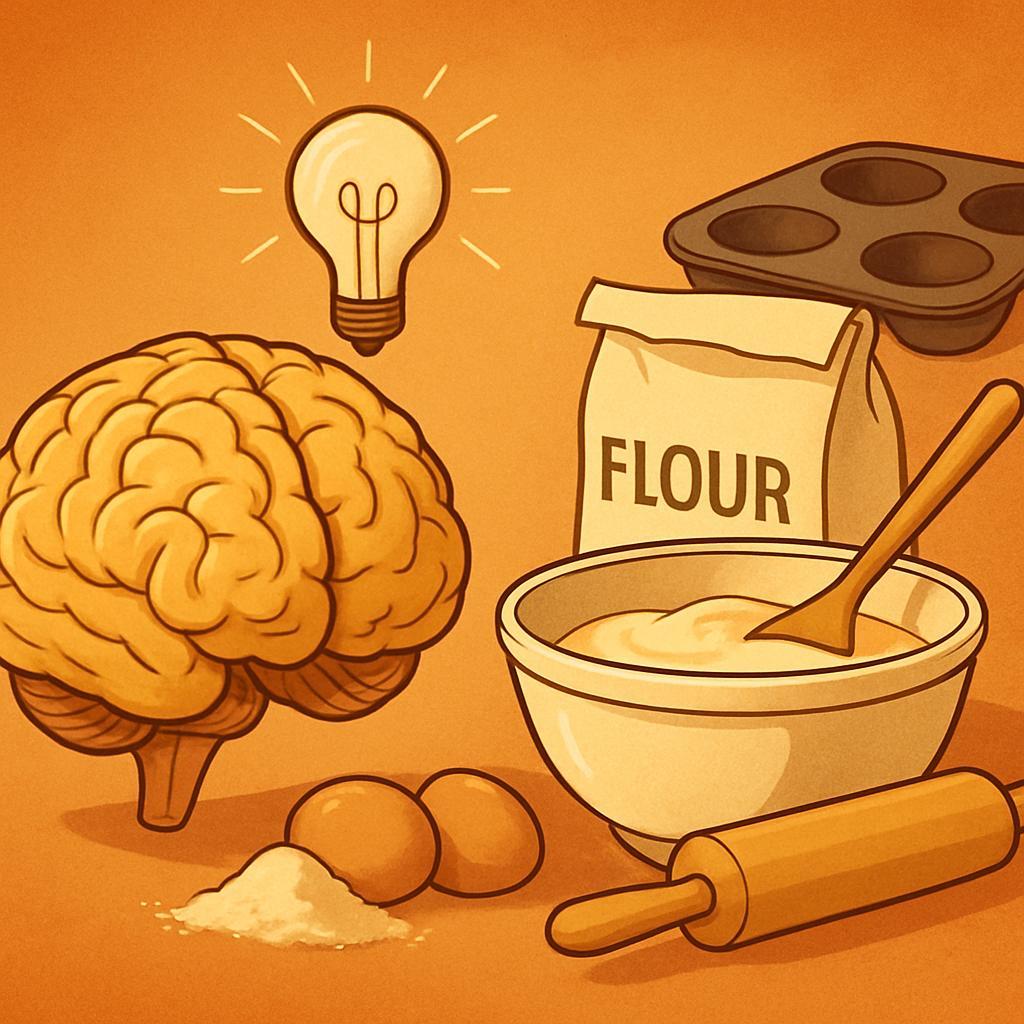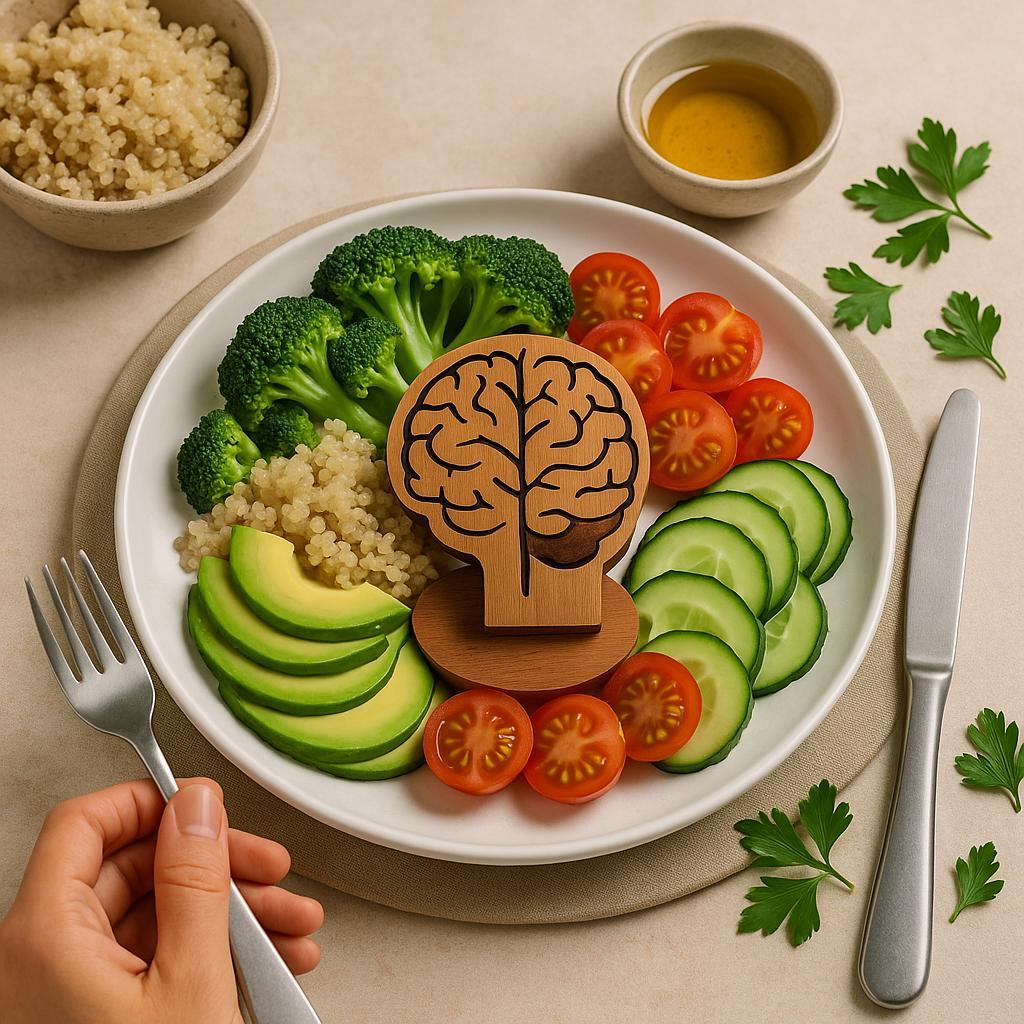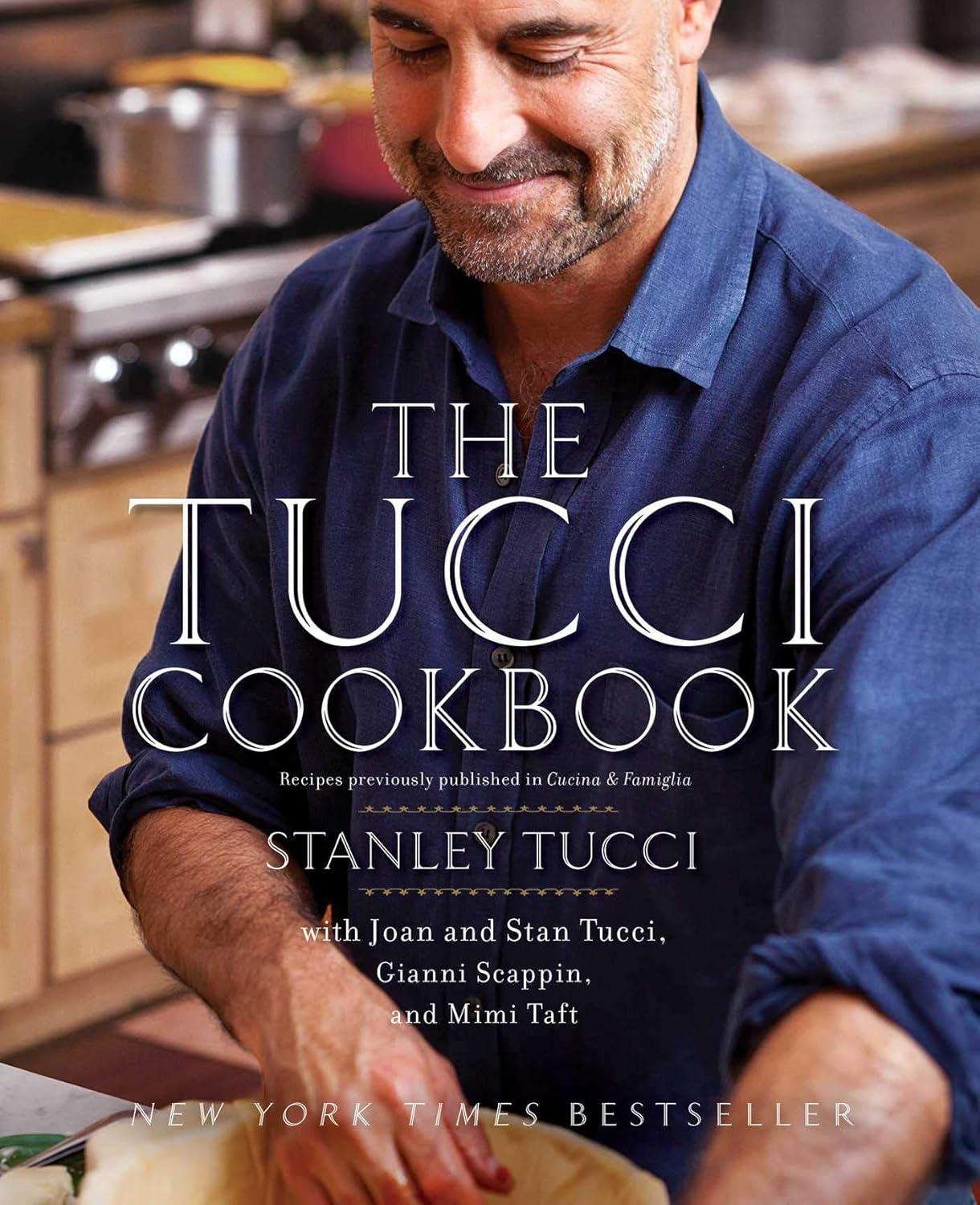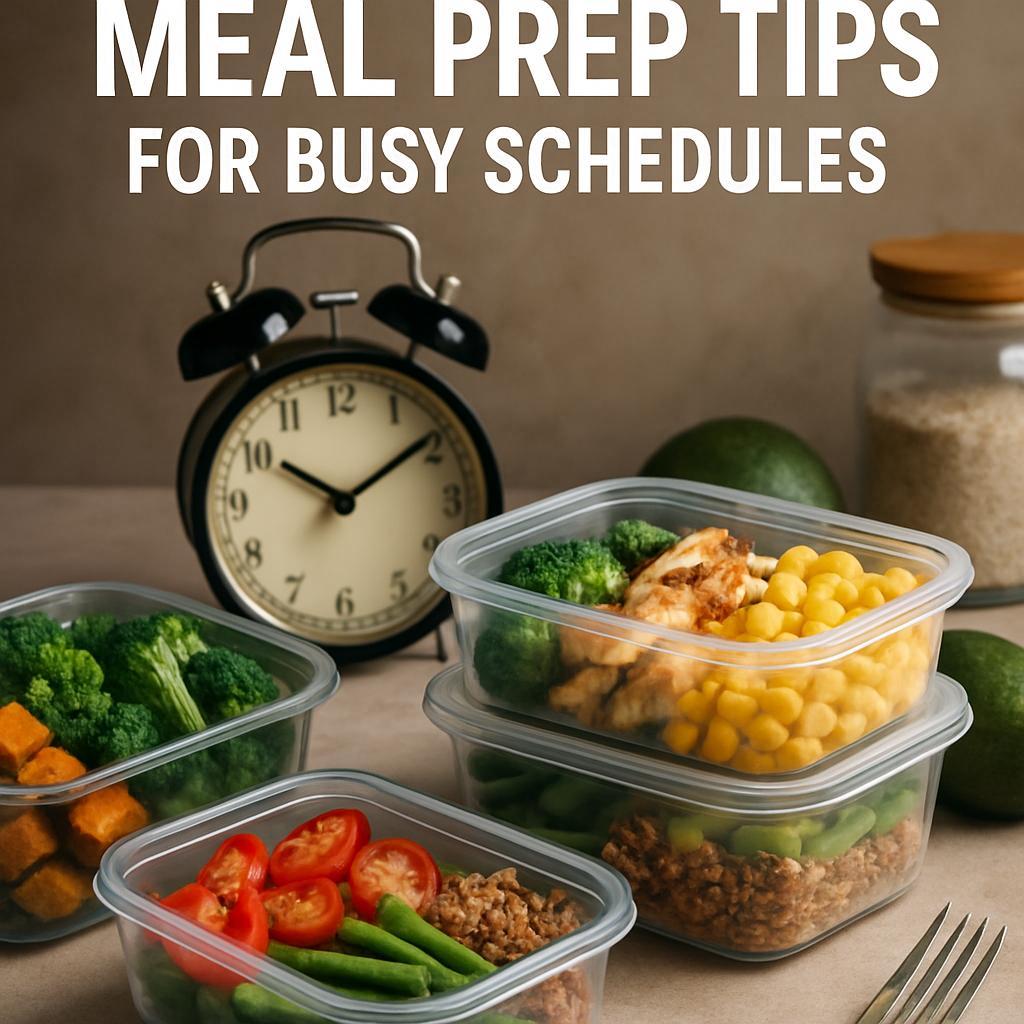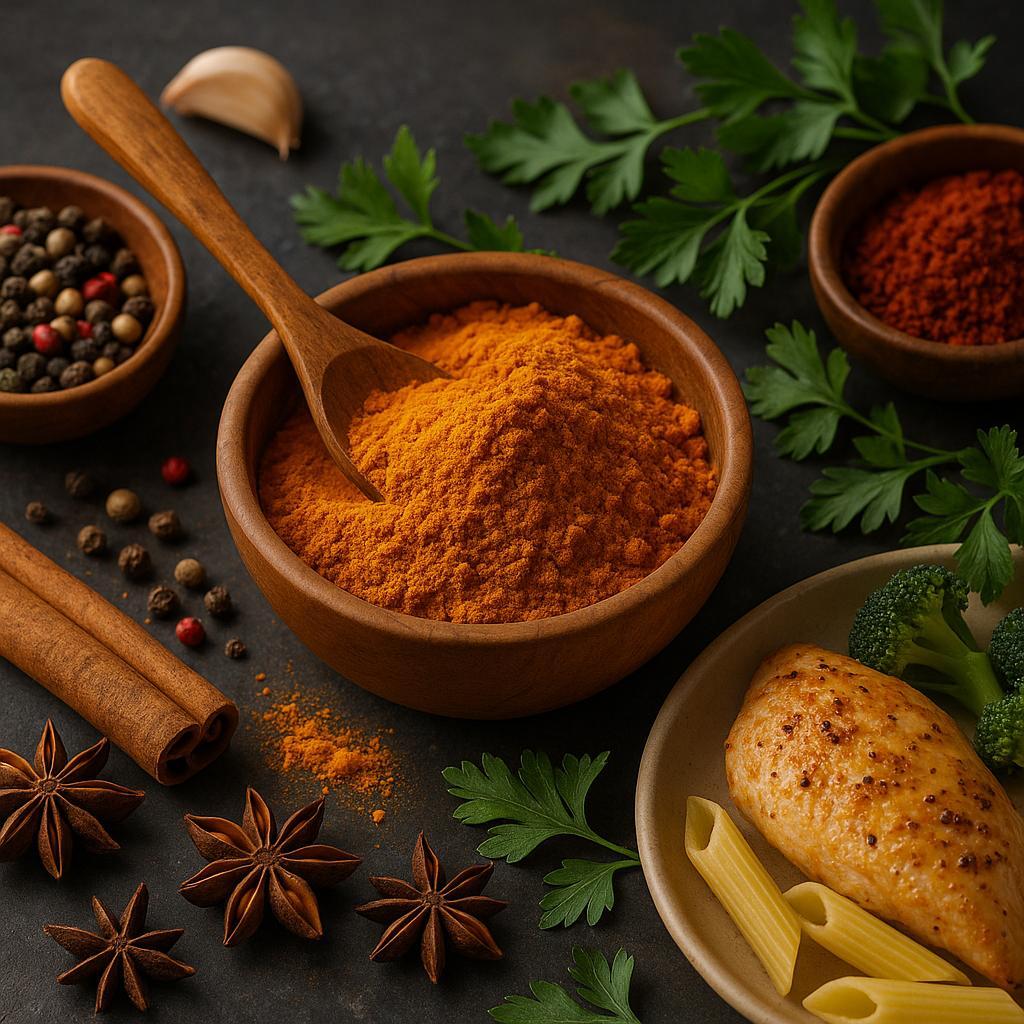Genius Kitchen Moves That Halve Your Cook Time
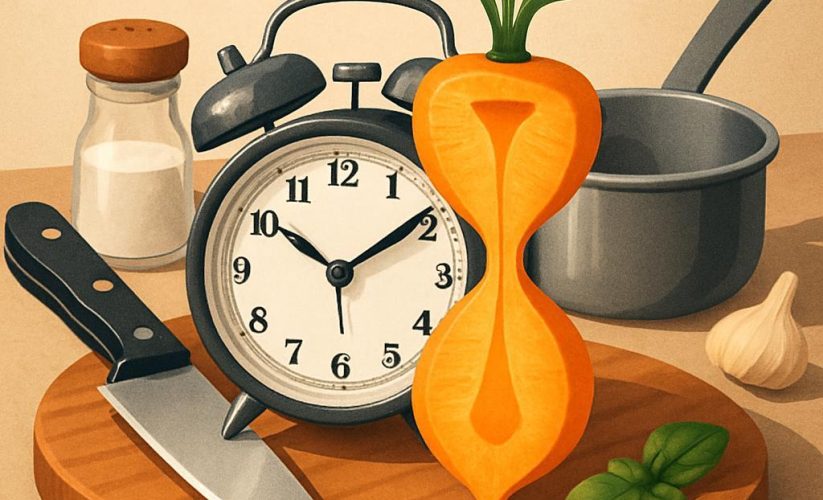
What if dinner could sprint from chopping board to plate in half the time-without tasting rushed? In most home kitchens, time leaks in tiny, fixable ways: a cold pan here, scattered prep there, minutes lost waiting rather than cooking. The cure isn’t fancy gear or chef bravado; it’s a few deliberate tweaks that make heat, prep, and timing work for you instead of the other way around. These genius moves shave minutes at every step while keeping flavor and texture intact, easing weeknights and boosting confidence. Think of them as shortcuts that respect the recipe. Ready to cut the clock, not corners? Step this way.
Table of Contents
- Start hot stay swift with confident preheating
- Speed prep through calm mise en place
- Small appliances that race dinner to the table
- Shortcut ingredients that still taste from scratch
- Q&A
- Future Outlook
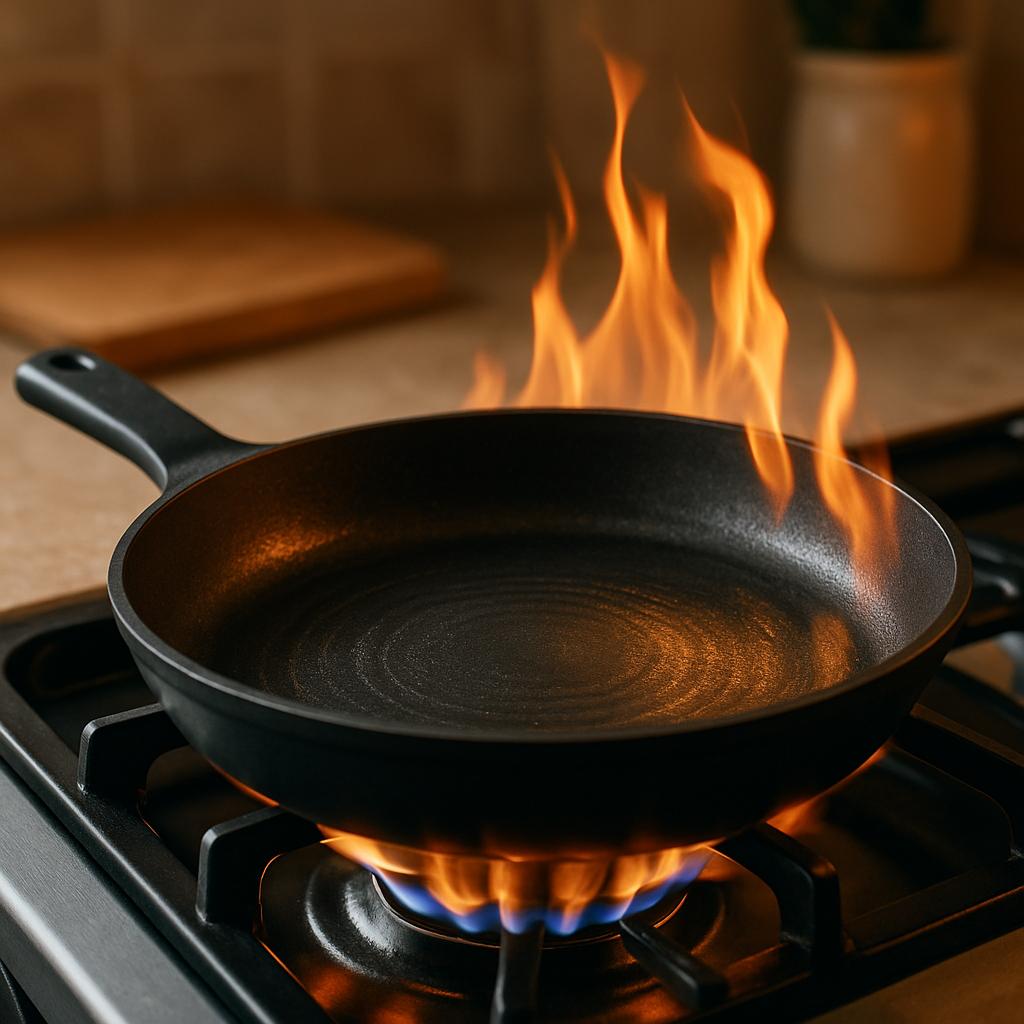
Start hot stay swift with confident preheating
Preheat with intent, not habit. Let your oven heat‑soak 10-15 minutes after the preheat beep (verify with an oven thermometer) so walls, racks, and air are truly hot. Slide in a heavy sheet pan or cast‑iron skillet to preheat; dumping vegetables or thin proteins onto scorching metal jump‑starts browning and often slashes roast time by up to 30%. With convection, set 25°F lower and start checking doneness at 70% of the stated time. Keep the door shut-use the light-because every peek bleeds off tens of degrees. Need an even faster finish? Preheat the broiler for 5 minutes to turbo‑sear surfaces, then switch to bake to cook through. For dense dishes, briefly overshoot the target by 25°F for the first few minutes to offset the cold food load, then dial back to maintain steady heat.
On the stovetop, use material‑specific cues to move faster without sticking. Stainless likes a 2-3 minute medium‑high preheat until a water droplet beads and skitters; then add oil and food releases sooner. Cast iron prefers a 5-8 minute medium preheat until you feel strong radiant heat 2 inches above the surface. Nonstick should stay at medium with oil in the pan from the start-about 60-90 seconds-never empty on high. Watch for an oil shimmer or check with a pocket infrared thermometer for repeatable results. Start hot to sear, then drop the heat to finish quickly without overcooking the center. Keep a kettle boiling to jump‑start pasta or blanching water, use the smallest lidded pot that fits, and you’ll hit a boil in half the time. Between batches, wipe the pan, add a thin oil film, give it 30 seconds back on the burner, and go-retained heat keeps each round swift. Hold finished items in a 200°F warm zone so nothing backslides while the last components sprint to done.
Speed prep through calm mise en place
Start with a 5-minute mise sprint: clear a forearm-width strip of counter, set a sheet-pan landing zone for everything you prep, and slide a trash bowl beside your board to eliminate back-and-forth to the bin. Stabilize the board with a damp towel, park a salt cellar, squeeze bottle of oil, tongs, and a tasting spoon in a single “grab row,” and hone your knife-a sharp edge saves seconds on every cut. Put a kettle on to pre-boil water for pasta, blanching, or thinning sauces, and preheat the pan you’ll use first. Skim the recipe once, then label small ramekins or deli containers with tape: “1 Aromatics, 2 Liquids, 3 Finishers.” Wash and spin greens and herbs first so the board stays dry, and portion common sizes (4-, 8-, 16-oz) to stack by step number; your whole prep now moves as one unit when you carry the tray to the stove.
Batch tasks to crush downtime: tackle all big-cube veg (onions, peppers) before fine herbs, then prep proteins last on a separate board or liner to avoid cross-contamination. Pre-mix spice blends in a single cup rather than scooping mid-sauté, keep a bench scraper for fast transfers, and arrange your sheet-pan staging left-to-right in cook order so you never pause to hunt. Create “wet” (measuring cups, microplane on a small plate) and “dry” (spoons, towels) zones to keep the board clear, and start a shallow sink of hot soapy water as a drop zone so tools clean themselves while you cook. When heat hits, you’re in flow: aromatics, protein, sauce, finishers-added without breaking momentum or losing heat. The calm setup cuts detours, decision fatigue, and temperature dips, often halving your active cook time on weeknight meals.
Small appliances that race dinner to the table
Pressure/multi-cooker: Turn tough cuts and dried staples into weeknight-fast food-boneless chicken thighs in 8 minutes (5 if diced), dried chickpeas in 35, brown rice in 22-then use the sauté mode to finish a glossy sauce right in the pot. Stack speed by going pot-in-pot: curry on the bottom, jasmine rice in a small bowl on a trivet above (3 minutes high pressure + 10-minute natural release). Electric kettle + induction burner: Start the kettle the moment you enter the kitchen; preboiled water slashes pasta, polenta, and soup times by 30-50% when poured into a preheated induction pot. Induction’s instant responsiveness also lets you sear proteins fast, then drop to a gentle simmer without overshooting, so sauces reduce in minutes instead of stalling. Keep a compact rice cooker on timer duty for hands-off grains while you handle mains; its steady heat frees a burner and ensures fluffy results every time.
Air fryer: Skip long preheats and get restaurant-level crispness-salmon fillets in 7-9 minutes at 400°F, smashed baby potatoes after a 6-minute microwave par-cook in 8, and vegetable sides in 10 with just a teaspoon of oil. Use a shallow layer and flip once for even browning. Toaster oven (convection): Ideal for sheet-pan-for-two dinners; its smaller cavity hits 450°F quickly for charred broccoli, blistered peppers, and golden cutlets while the main pot bubbles. Microwave (steam mode or covered bowl): Steam-tender veg in 2-4 minutes and flaky white fish in 3-5; add aromatics and a knob of butter to create instant pan juices. Immersion blender + food processor: Puree soups and blitz pan sauces directly in the pot in 20 seconds (no cooling, no transfers), and shred slaws or grate cheese for toppings in under a minute. Chain these tools-pressure-cook, air-fry to crisp, blitz a sauce-and dinner sprints from prep to plate with minimal cleanup.
Shortcut ingredients that still taste from scratch
Build flavor fast with small, powerful helpers that behave like long-simmered bases. Bloom a squeeze of double‑concentrated tomato paste in oil for 60-90 seconds until brick red, then deglaze with 2 tablespoons wine or water to mimic slow reduction. Stir in 1 teaspoon miso off heat for savory depth that tastes like hours of stock; melt 1/2 teaspoon anchovy paste or add a splash of fish sauce early to quietly turbocharge stews, braises, and sautéed greens. For weeknight “homemade” soups and risottos, spike boxed broth with 1 teaspoon Better Than Bouillon plus a Parmesan rind or a piece of kombu, simmering 10 minutes. Shortcut aromatics matter, too: sizzle frozen mirepoix/soffritto cubes or pre-chopped onion, garlic, and ginger in hot oil until fragrant before any liquid touches the pan-this mimics the patient sweat that makes scratch cooking taste alive. A spoon of gochujang, curry paste, or harissa bloomed in oil becomes an instant flavor base; round it with a knob of butter, a squeeze of lemon, or a teaspoon of honey to hit the same balanced finish you’d get from an all-day cook.
Lean on components that carry handmade character once you treat them right. Shred a rotisserie chicken while warm and toss with a ladle of hot broth to rehydrate; pressure-cook the carcass 20 minutes with a bay leaf for a quick “house stock.” Blitz jarred roasted peppers and sun‑dried tomatoes with olive oil and garlic for a five-minute sauce that tastes fire-roasted; finish with chopped herbs to sell the freshness. Use canned beans like you cooked them yourself: rinse, then mash a handful into the pot with olive oil and a splash of bean liquid to thicken and gloss stews. Pan-sear shelf‑stable gnocchi in butter until crisp and toss with lemon zest and grated Parmesan, or press store gyoza wrappers around ricotta for lightning ravioli. Keep puff pastry and pre-cooked polenta for instant tarts and golden seared slices; a 2‑minute brown‑butter drizzle, a spoon of chili crisp, or a vinegar splash at the end are the tiny, chef‑y moves that make these shortcuts read as from‑scratch.
Q&A
Which weekend prep steps actually halve my weeknight cook time?
Marinate and freeze proteins flat in zipper bags so they thaw in minutes; cook grains (rice, farro, quinoa) to about 90% and chill or freeze so they finish fast; blitz onions/garlic/ginger with a little oil and freeze in tablespoon “cubes” for instant aromatics; roast a sheet pan of under-seasoned veggies and repurpose all week; blend two “house” sauces (bright herb sauce and a creamy or spicy one) and pre-mix a couple of spice blends. Label, date, and portion so you can grab-and-go.
How can I use my microwave to speed things up without ruining texture?
Use it to par-cook dense veg: cover salted broccoli, carrots, or potatoes and zap at 50-70% power until just tender, then finish in a hot pan for color and crisp edges. Temper cold proteins for 30-60 seconds at low power so they sear evenly, bloom spices in a spoon of oil for 30-45 seconds to wake flavors, and thaw flat-frozen meats in short bursts, flipping often. You can also steam fish in 3-4 minutes, then quickly torch or pan-kiss for a restaurant finish.
What appliance pairings deliver the biggest time savings on a full meal?
Kettle + skillet: boil water in the kettle, pour into a wide pan for pasta or couscous to cut boil time dramatically. Pressure cooker + broiler/air fryer: cook beans, rice, or braises under pressure, then crisp or brown in 2-4 minutes. Rice cooker + steamer basket: cook grains below while veg or dumplings steam above; food processor + sheet pan: shred/slice, then roast everything at once. Always use lids to trap heat and shave minutes.
Which store-bought shortcuts taste fresh, not “processed,” and how do I fix them fast?
Frozen chopped aromatics, jarred curry pastes, quality pesto, canned beans, pre-cooked rice packets, frozen shrimp, and rotisserie chicken are high-value. Rinse and marinate beans with olive oil, acid, and herbs; wake pesto or curry paste with lemon/lime and a knob of fresh grated garlic/ginger; fluff rice with a pat of butter and a splash of water; shred rotisserie chicken into a hot pan with stock to re-juicify. Finish with fresh herbs or a squeeze of acid to lift flavors.
What knife and prep tactics actually slash chopping time?
Keep a sharp 8-10-inch chef’s knife and anchor your board with a damp towel; line up produce (planks → sticks → dice) and use the claw grip for speed and safety. Gather cut pieces with a bench scraper, stack and chiffonade herbs in bundles, and use kitchen shears for quick snips. For uniform slices, a mandoline with a guard beats hand-cutting; batch similar cuts (all onions, then all peppers) to stay in a rhythm.
How do I batch-cook proteins so they reheat fast without drying out?
Cook to 5-10°F below target and rest; store sliced meats in their juices or with a splash of stock/fat. Reheat gently: covered skillet with a bit of liquid, or 250-300°F oven/air fryer just until warm, then crisp surfaces briefly if needed. For steak or pork, chill, slice thin, and flash-sear 60-90 seconds; for chicken thighs, braise ahead and re-crisp skin hot and fast. Season at the end to keep flavors bright.
Future Outlook
Your main takeaway: speed is a product of sequencing, not rushing-front-load a little prep, manage heat with purpose, choose efficient tools, and bank building blocks for later. Used together, these moves trim minutes without trimming flavor and turn weeknights into a calmer rhythm. Pick one change to try today-sharpen your knife or batch-cook a pot of grains-and let it become habit. Keep stacking small wins, and you’ll spend less time at the stove and more time at the table.

